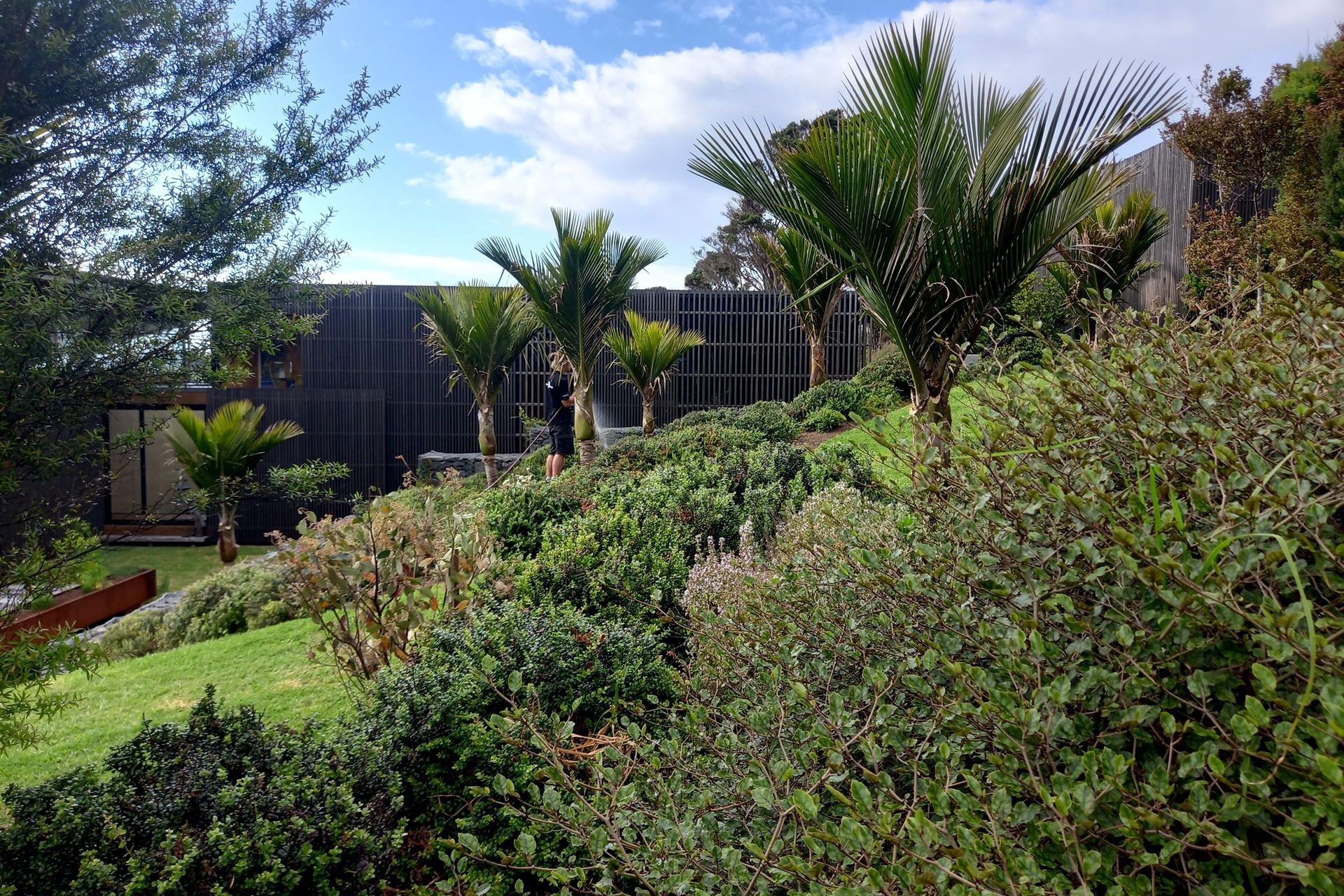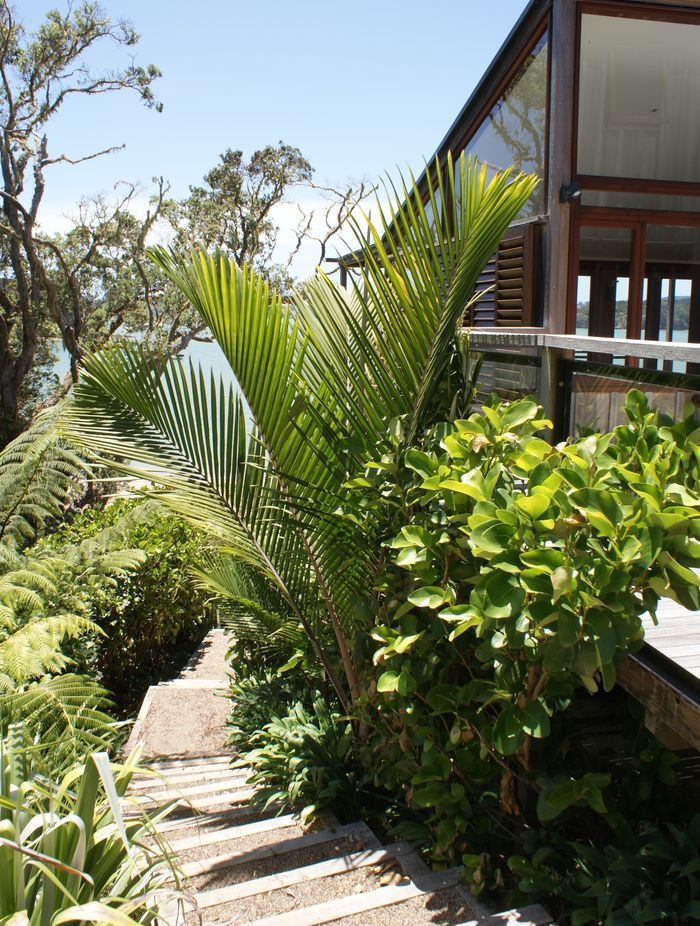When should you engage a landscape designer?
Written by
19 March 2023
•
3 min read

A good landscaper aims to create a garden that complements the architecture, is site-appropriate, and serves the client's lifestyle. Constructed landscape elements, sensitive plant choices and response to the surrounding context all play a part in creating this harmonious solution.
To create this marriage between the client’s needs, the architecture, and the landscape, Auckland landscapers Second Nature recommend engaging a landscaping team early on in the design process.
“A garden is not an afterthought, it’s part and parcel of your living space, and you should make the most of it,” says Janet Clarke, Director of Second Nature.
“Construction work often runs over budget, so by the time the owner moves into the property, they have no money left to do the garden. We’re trying to encourage clients to get their landscape designed from the very start of the project so that they can achieve their landscaping goals as circumstances and budgets permit,” she explains.

Second Nature was established in 1996. Together, owners Chris Ballantyne and Janet Clarke employ a team of creative designers, landscape architects, craftspeople, and horticulturalists, and often contract freelance landscape designers for projects suited to their particular skills and style.
Over his 40 years of experience, Ballantyne has seen the industry mature, and clients become more discerning. In particular, clients are increasingly interested in taking an ecological and sustainable approach to their gardens.

Informed by a careful site analysis at the beginning of the project, this sensitive approach to landscape design results in gardens that are both aesthetically pleasing and positive for the environment.
“There’s a growing desire in the market for gardens to have positive environmental outcomes. We’re seeing a resurgence in the use of native plants and sustainable solutions that increase biodiversity, indicating that people are beginning to consider their garden as part of a greater ecosystem,” he explains.
To achieve positive environmental outcomes, landscapers look to reintroduce native plants, install proper drainage systems that protect against water damage, and rehabilitate any land stripped bare by construction or farming.
Engaging landscapers at the beginning of the build allows ample time and budget to plan around construction activity, research the land, and consider how the garden’s ecosystem and topography can be sustainably developed.

When thinking about the ongoing maintenance of your garden, Ballantyne recommends engaging a professional gardener associated with the landscape designer that worked on your garden.
“Gardens are incredibly dynamic, and they represent a significant investment for the property owner. You start with all these tiny plants that grow, and then you have to tame, remove, and replace them throughout the garden’s life.
“A professional gardener has to understand the design intention of the garden so that they don’t undermine it by doing all sorts of random and ill-considered acts of beautification. Otherwise, the garden design can lose its integrity quite quickly, nullifying the value of the investment,” he explains.

According to Clarke, Ballantyne’s true talent is enhancing nature. “Some of the projects we’ve done, you would hardly know that they had been “landscaped”. The garden is in perfect balance with the nature around it. Not disturbing what nature does by imposing strange plants and structures is a real skill, and Chris [Ballantyne] is very good at it.”
Learn more about Second Nature.